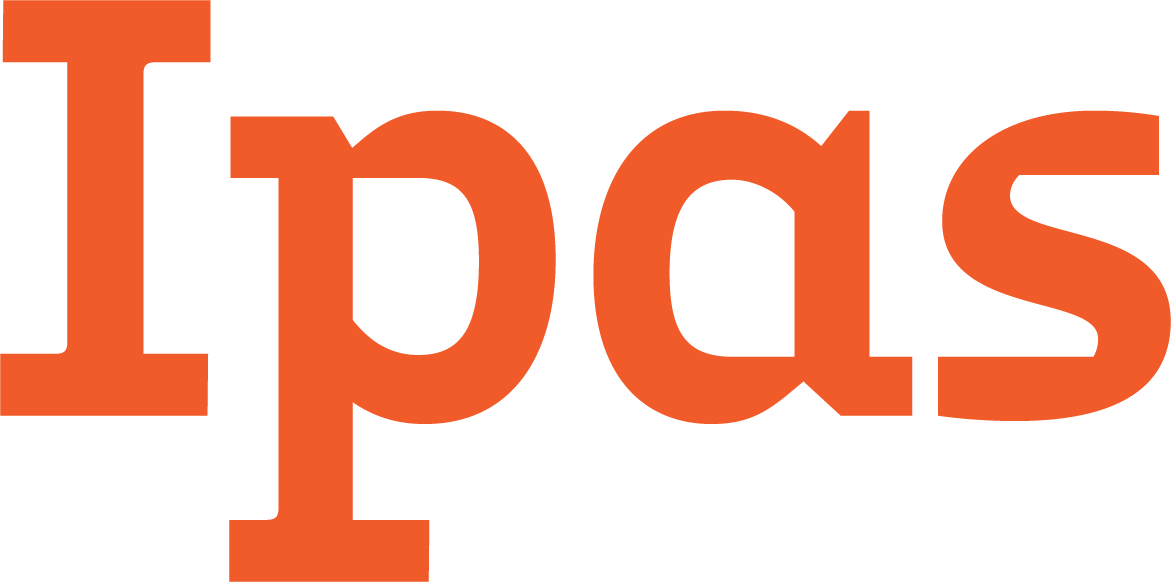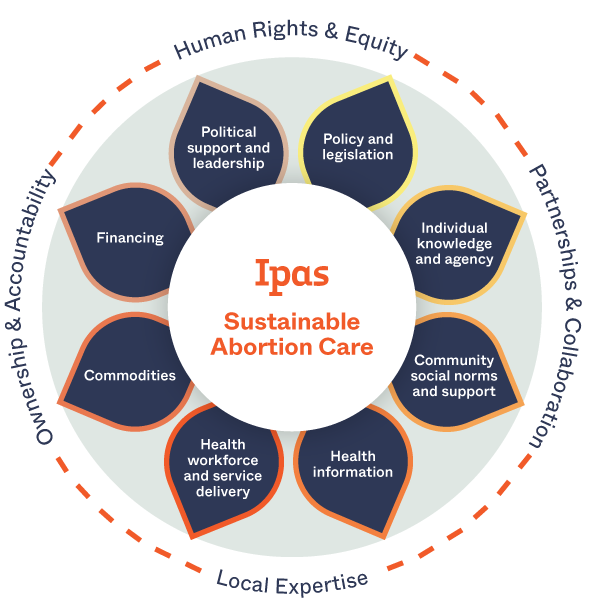expansion of health worker roles in the provision of abortion care, a new study from Ipas
finds that a program in Nepal to train auxiliary nurse midwives (ANMs)
in medical abortion provision has proved highly successful, even in the
country’s remote, primary-level health facilities.
Abortion has been legal in Nepal since 2002, but remains difficult to
access for women in remote and rural areas. In 2010, the Nepal
government committed to expanding abortion care at health posts and
sub-health posts by training ANMs, already certified as skilled birth
attendants, in the provision of medical abortion.
With support from Ipas, more than 450 ANMs received training during
the four-year period from December 2010-June 2014. During the course of
the program, medical abortion was expanded into 25 districts, with
25,187 women receiving services.
According to the study, recently published in the Journal of Midwifery & Women’s Health,
the ANMs who participated in the training report “a high level of
confidence in their medical abortion skills and considerable technical
knowledge and capacity in medical abortion.” The study says several
elements were critical to the success:
- Policy change – An abortion taskforce developed a national safe
abortion policy and translated the policy into a legal procedural order
that included ANMs as eligible providers of medical abortion. - Curriculum development – Areas covered included service
delivery, risk management, client follow-up, and consideration of the
special needs of young, unmarried women. - Comprehensive training and support – The ANMs received not only
training, but pre- and post-training support. This gave them ongoing
support for issues such as managing client flow and handling referrals.
The study was carried out by Ipas staff and a Nepali Ministry of
Health and Population official. According to Kathryn Andersen, Ipas
senior research and evaluation advisor and one of the study authors, the
decision to train ANMs contributed to the success of the program,
because they are members of the local communities and are less
frequently transferred by the health system than physicians are.
In order to “maintain and multiply” the gains made to date in the
program, the study recommends that provision of medical abortion by ANMs
be scaled up in the remaining districts rural and remote areas where
access to abortion care is limited and complications from unsafe
abortion are the highest. It also recommends steps such as integrating
ANM medical abortion training into skilled birth attendant training.
Last year, WHO issued new guidelines on health worker roles in providing safe abortion care and postabortion contraception. Citing the lack of trained providers as one of the most critical barriers to women’s access to safe abortion, the guidelines say that evidence-based interventions show that safe abortion care can be provided in early pregnancy by a wide range of non-specialist providers, including midwives, nurses, pharmacists and lay health workers.
For more information, contact [email protected]

